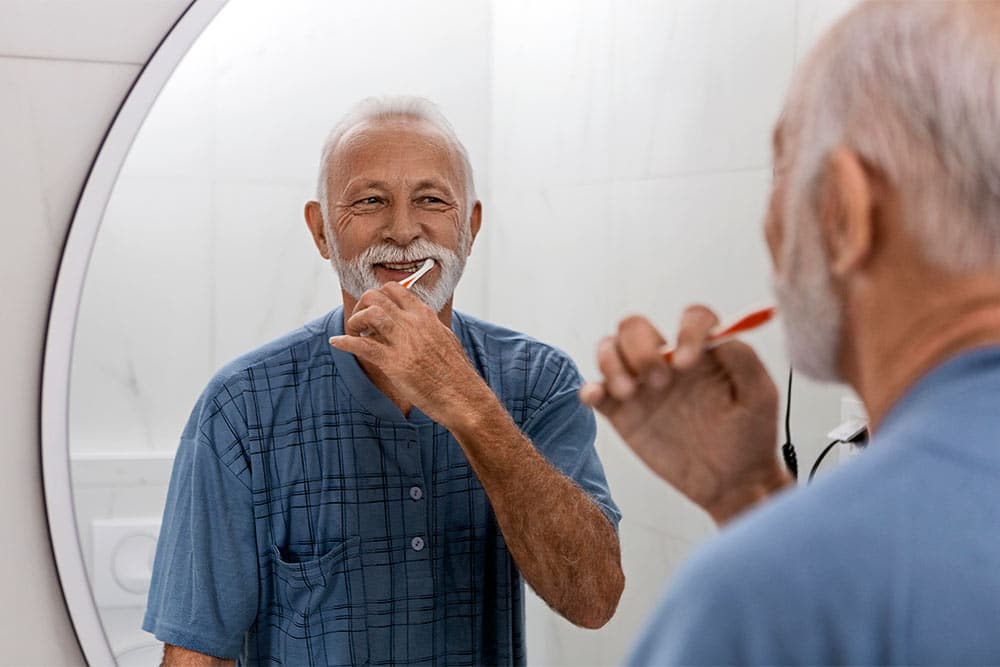It’s tried-and-true advice you’ve been getting since you were a little kid…
Brush your teeth TWICE A DAY!
And even though you may have a few more gray hairs, it’s STILL good advice.
After all, staying on top of your oral hygiene can help prevent bad breath, gingivitis, gum disease, and even help keep your heart healthy!
Now, a study reveals that grabbing your toothbrush could help you breathe easy and fend off LUNG DISEASE.
Good Oral Hygiene Prevents Chronic Lung Diseases?
Practicing good oral hygiene goes way beyond keeping your teeth white and your breath smelling fresh.
Your mouth is the gateway to your body, and keeping germs and bacteria out of your mouth will not only make your dentist happy… but it can also do wonders for vital organs like your LUNGS.
But what’s the connection?
Most chronic lung diseases are characterized by inflammation – which causes excess mucus that makes it hard to breathe.
Periodontitis (aka gum disease), is a common bacterial infection that involves severe inflammation of the gums.
And folks with severe lung disease (like COPD), often have severe gum disease too – making the connection between lung disease and gum disease hard to ignore.
But what comes first?
This is what the latest study aims to find out… specifically if inflammation and bacteria in the mouth is a precursor to chronic lung diseases.
It’s part of an on-going project called BRuSH – which focuses on young patients with mild to moderate gum disease, removing bacteria from their mouth, and using both saliva and blood samples to determine if their lungs function better as they get older.
This would help determine if getting rid of the oral bacteria and inflammation can help stop lung disease from developing.
It should be noted that the research isn’t fully completed (yet), but there’s no harm in being proactive now to eliminate harmful bacteria that can live in your mouth.
Make sure you’re brushing your teeth twice a day and flossing regularly. And of course, keep seeing your dentist so they can get a deeper look at your gums and teeth to identify any potential issues.

